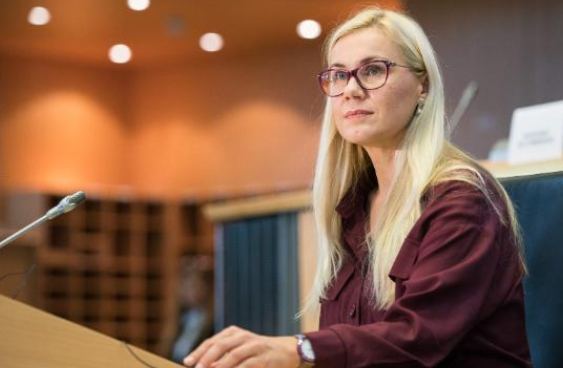BAKU, Azerbaijan, January 23. Europe has huge investment needs, as it is getting closer to 2030 and begins implementing energy projects, said EU Commissioner for Energy Kadri Simson, Trend reports.
Addressing the second Plenary Meeting of the Investors Dialogue on Energy, the commissioner pointed out that this decade alone, the EU will need to invest more than 1.2 trillion annually for decarbonizing energy and transport sectors.
“This is nearly 75 percent more than the previous decade, and it's only set to increase even more in the next one! As we all know, public resources alone are not enough to fill this gap. So, we need to use this money smartly, to mobilize more private sector investment,” added Simson.
She believes that there is a need to expand EU financing tools to support sustainable investments and de-risk them so that projects are more attractive for investors.
“We especially need to speed up renewable projects, increase flexibility and demand response, foster greater cross-border cooperation on energy projects and infrastructure to make our power production cleaner, cheaper, and more secure,” added the commissioner.
Published in the report Global Energy and Climate Outlook 2023, the findings show that the energy sector investment share in global GDP in the future remains broadly the same as today, indicating that the global economy can manage the burden of decarbonization.
The report looks at investments in energy production, transformation, supply and demand and how they need to pick up pace during the current decade in order to align the global trajectory of emissions with a 1.5°C-compatible pathway.
The upfront investment in many low-emission technologies is higher than their high-emitting competitors, however the total lifetime cost, including running costs, is often lower due to lower operating costs.
According to the report, annual spending on energy production and supply equipment increases by 70 percent this decade, rising from $2 trillion in 2022 to almost double by 2045, reaching $3.8 trillion, with a particularly sharp increase in clean power generation investment in the current decade.
Follow the author on X: @Lyaman_Zeyn







